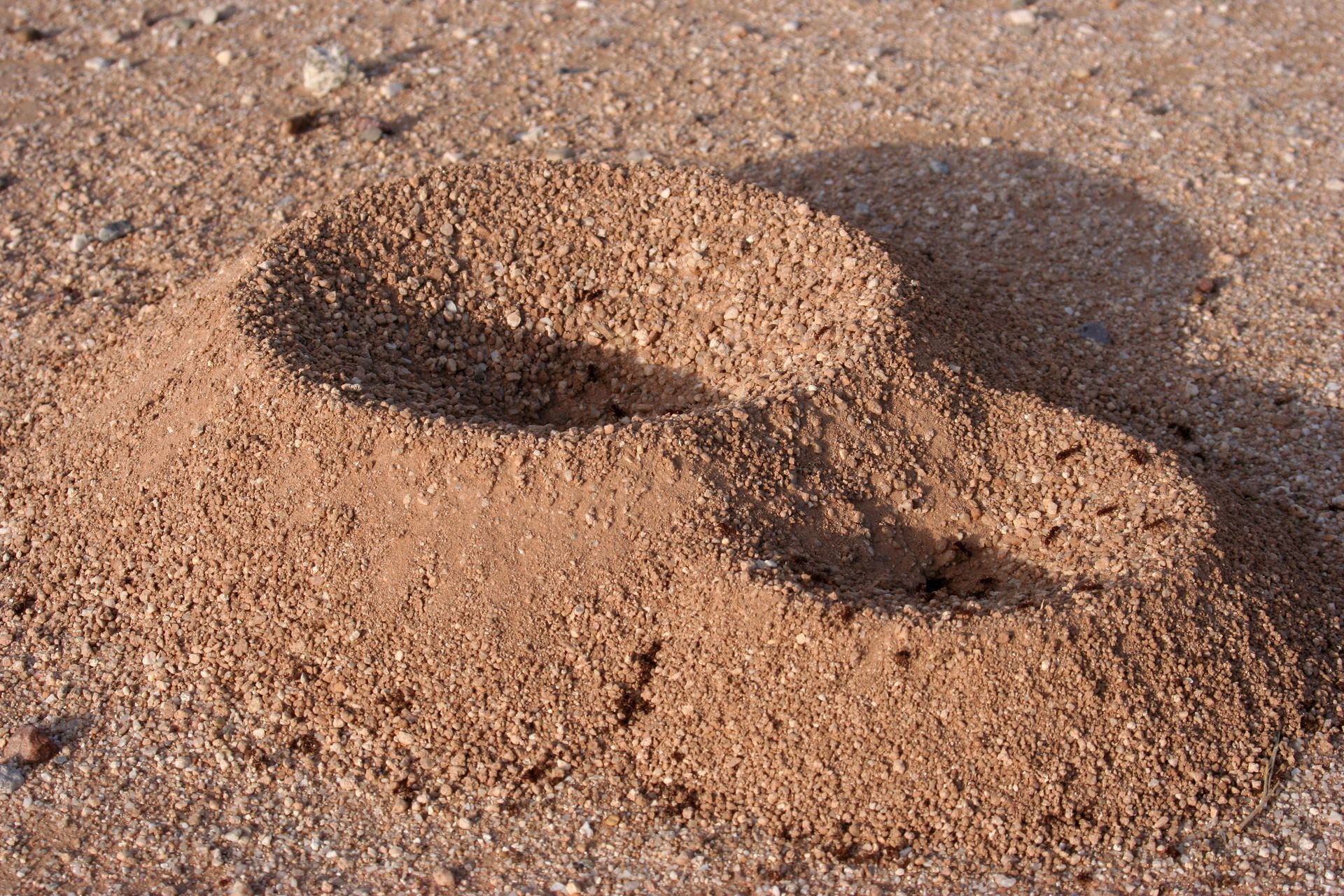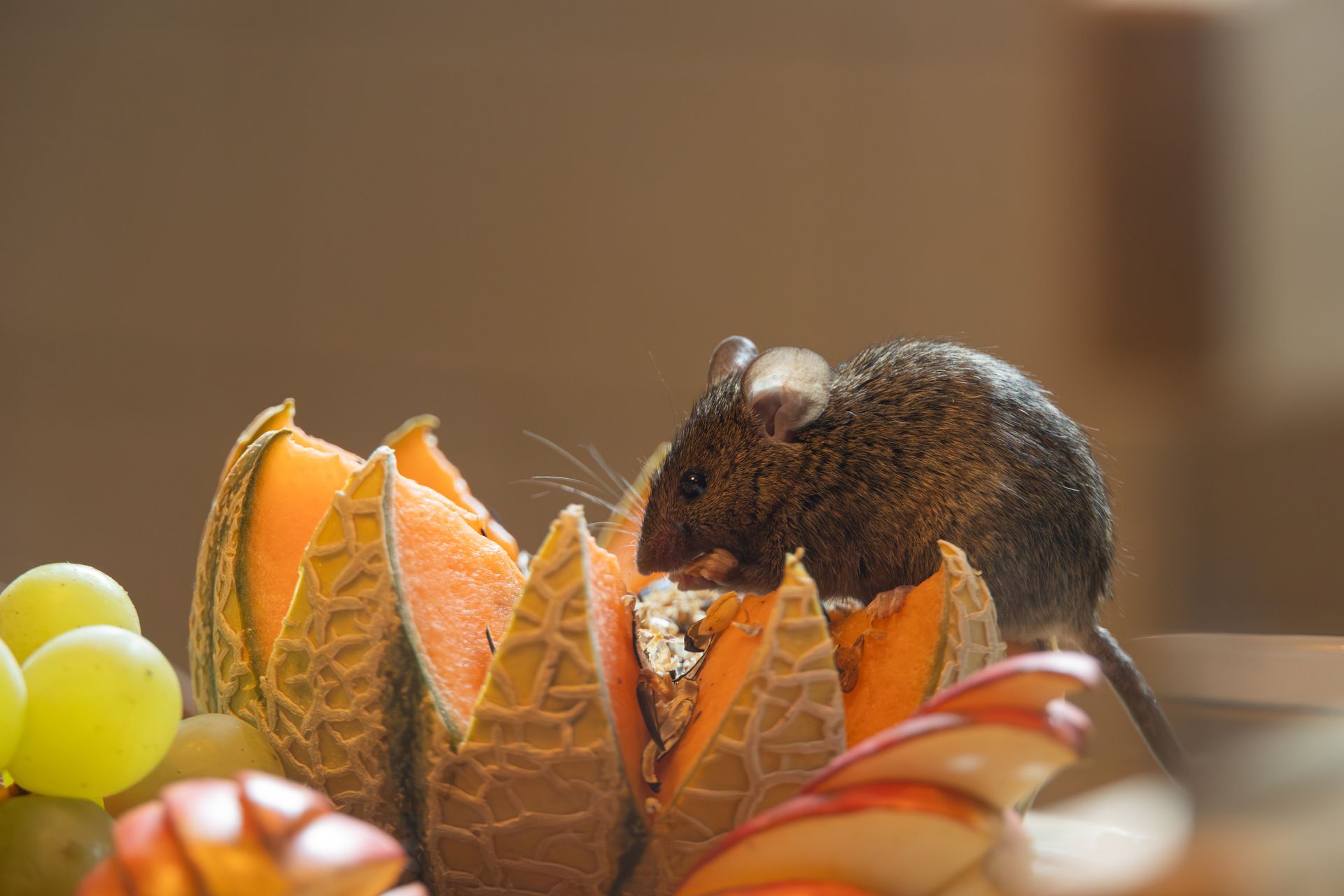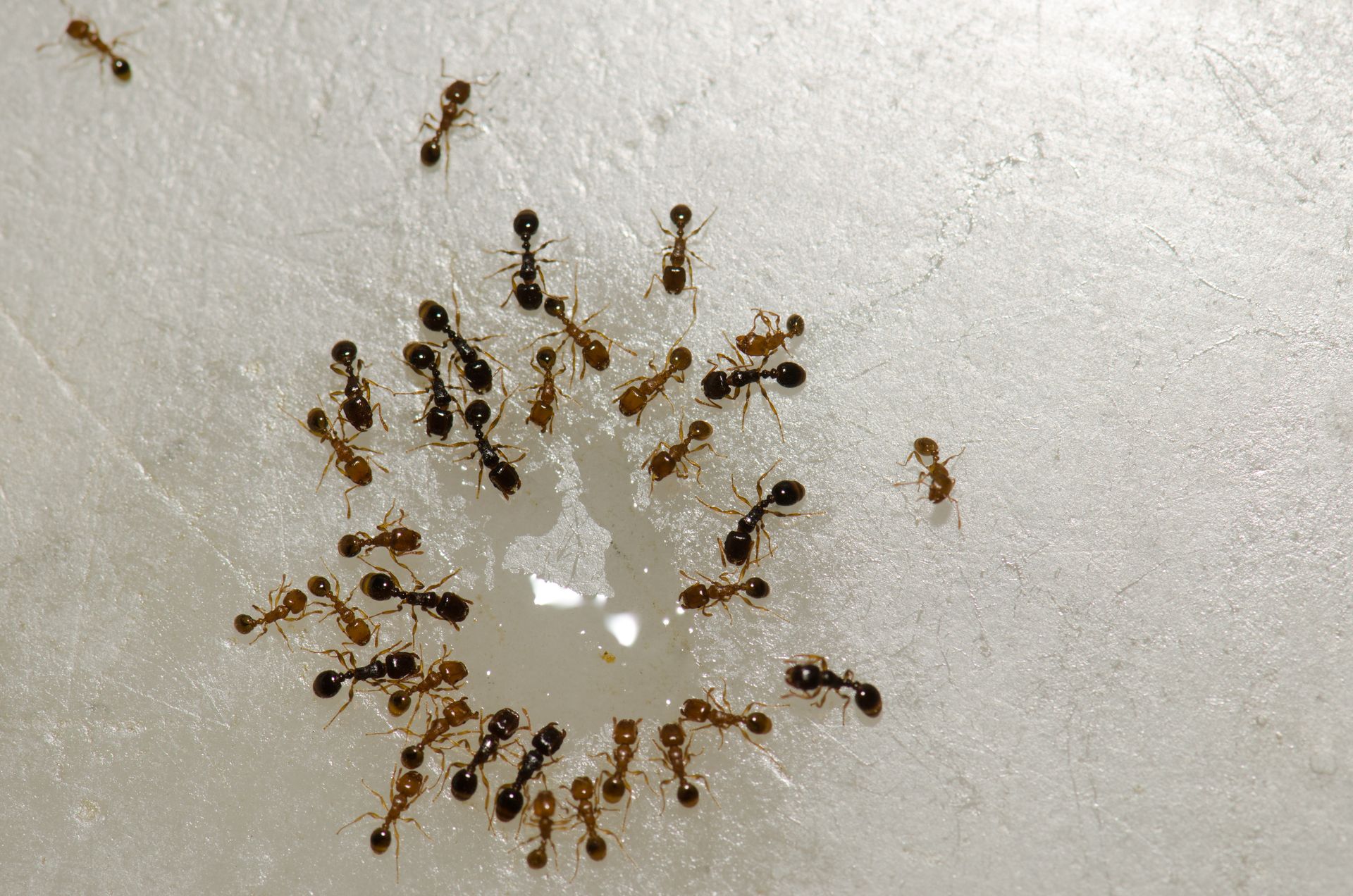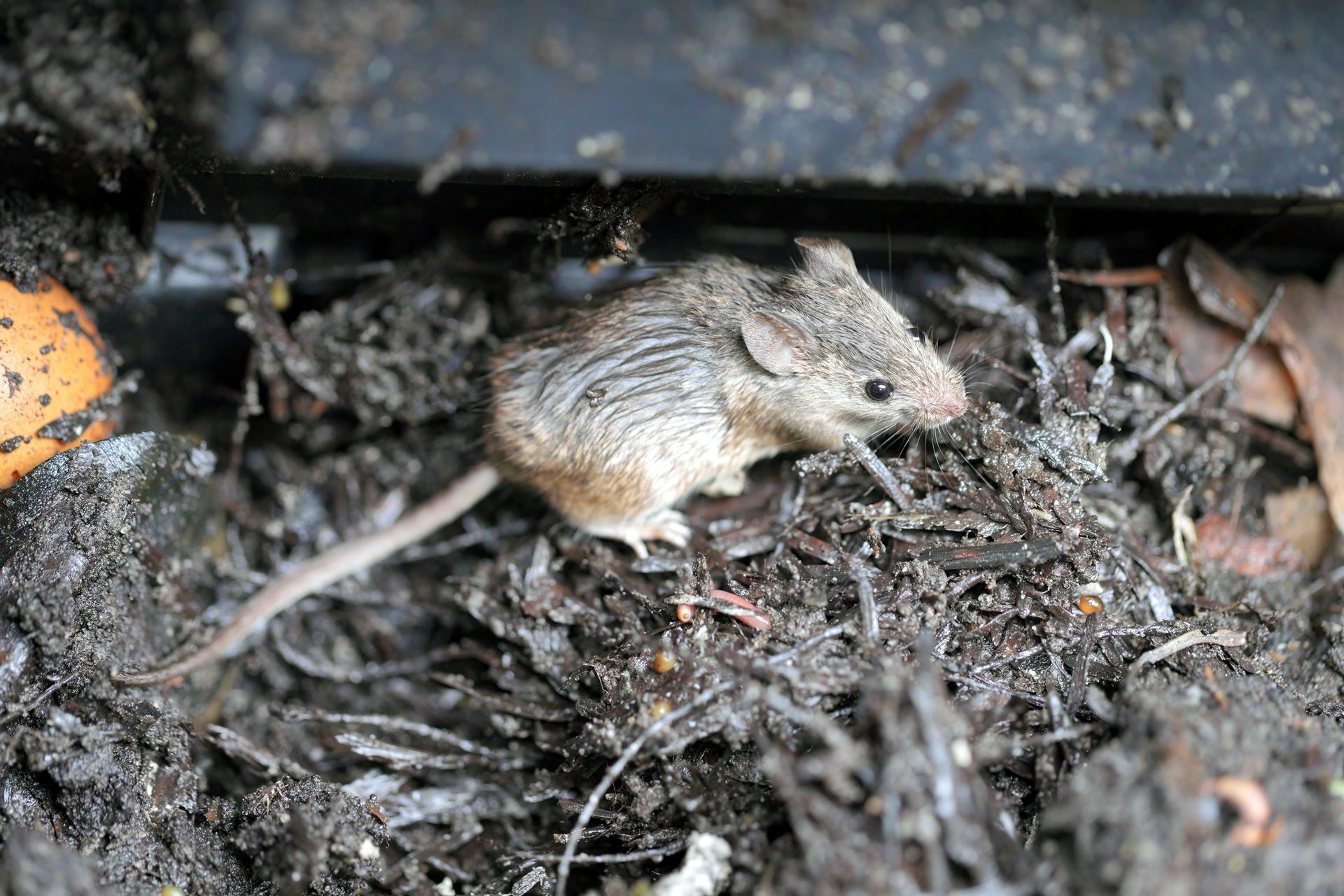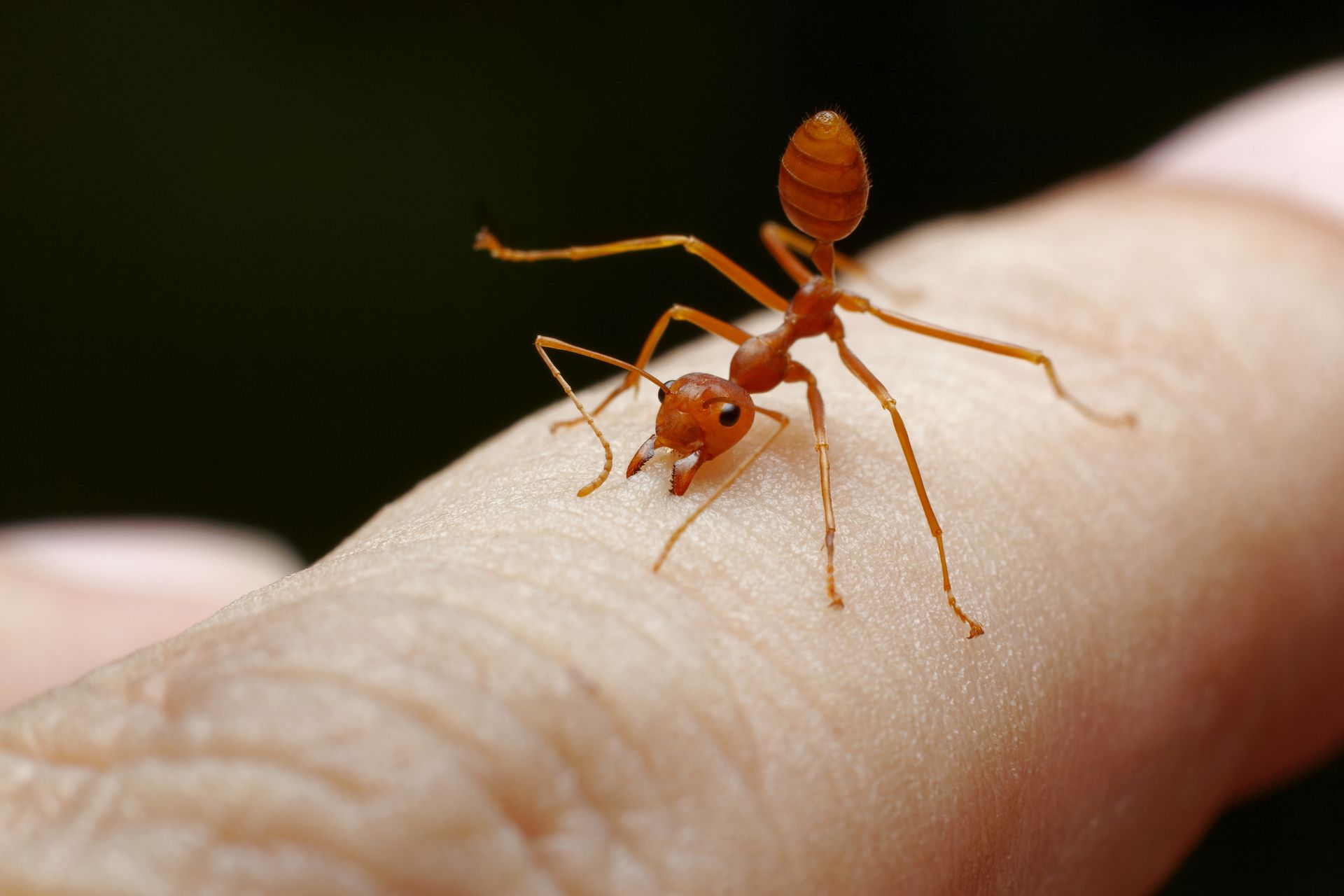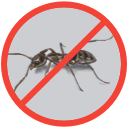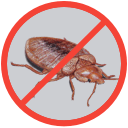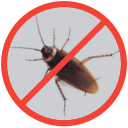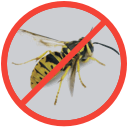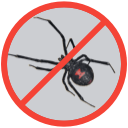Where Do Cockroaches Live Outside and In Your Home?
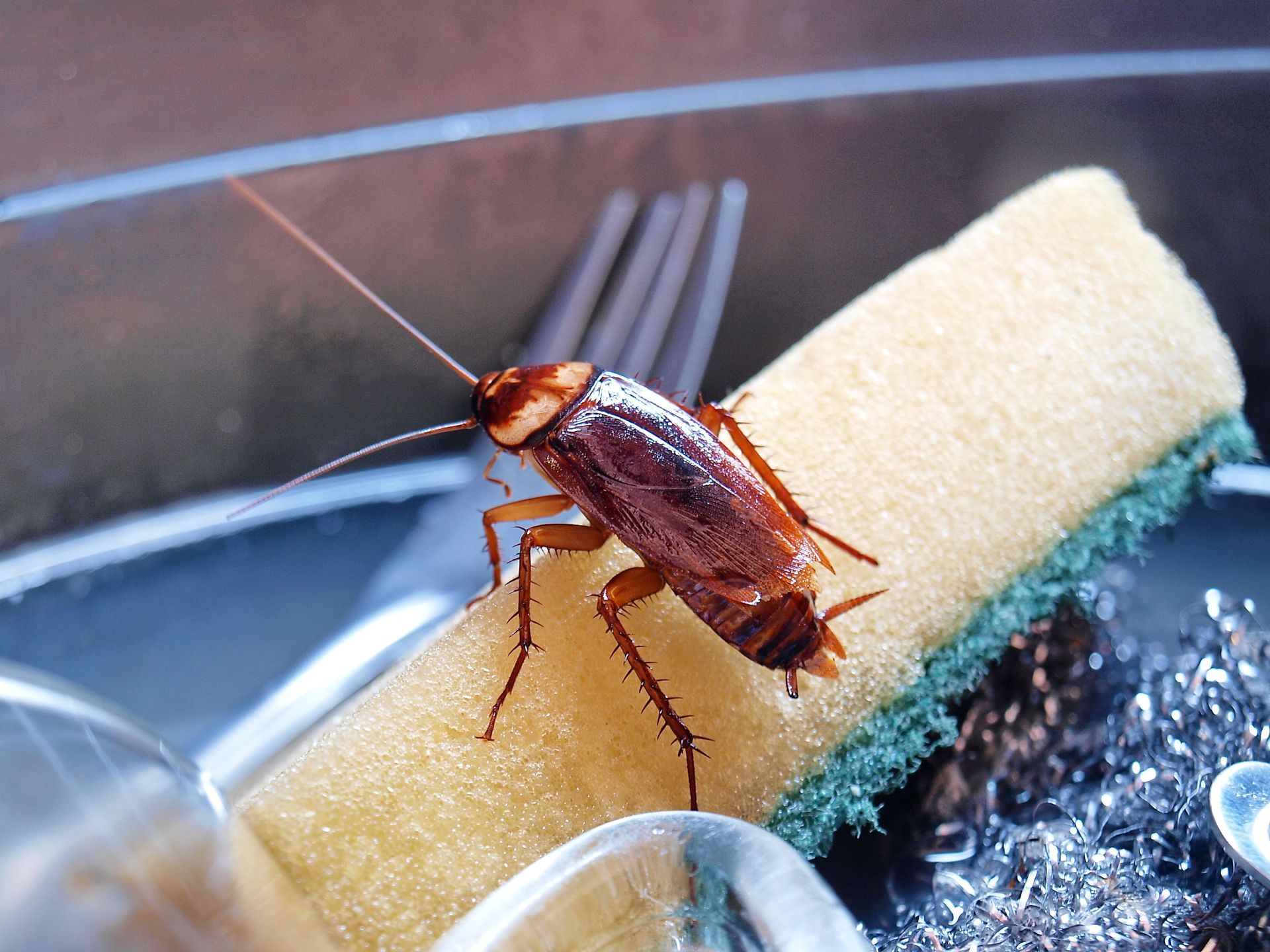
Cockroaches establish their homes in warm, dark, and moist environments close to food and water sources. They prefer tight spaces like cracks, crevices, and hidden areas throughout homes and outdoor environments as these provide coverage and protection from threats and predators. German cockroaches dominate kitchen and bathroom areas, American cockroaches prefer basements and sewer systems, and Oriental cockroaches thrive in the dampest locations like floor drains and crawl spaces. These nocturnal insects can survive in diverse habitats from tropical outdoor environments to heated indoor spaces, making them highly adaptable pests that require targeted control strategies based on species identification and habitat preferences.
Understanding where cockroaches live is crucial for effective prevention and control, as each of the four major species found in US homes has distinct environmental requirements that determine their preferred hiding spots. Cockroaches are thigmotactic creatures, meaning they prefer confined spaces where their bodies touch surfaces, which explains why they gravitate toward cracks as thin as a dime and tight spaces behind appliances. Their survival depends on accessing three critical elements: food, water, and shelter, with moisture being particularly important since cockroaches can survive a month without food but only about a week without water.
Where Do Cockroaches Live Outside?
Cockroaches have successfully colonized diverse outdoor environments across different US climate zones, though their survival depends heavily on temperature, moisture, and organic matter availability. Natural outdoor habitats include leaf litter, mulch beds, rotting wood, and decaying organic matter, with different species showing distinct preferences for specific environmental conditions.
- American cockroaches dominate sewer systems and storm drains, where research shows they maintain mobile populations within 20 meter ranges and use these underground networks as highways between buildings.
- Oriental cockroaches prefer cooler, moisture rich outdoor areas like stone walls, abandoned cisterns, and water valve pits, often called "water bugs" due to their high moisture requirements.
- Wood cockroaches live naturally under loose bark of dead trees, in rotting logs, and hollow trees, requiring consistently moist environments to survive.
Seasonal outdoor activity peaks occur in fall before cockroaches seek winter shelter, with many species migrating indoors or to protected outdoor sites when temperatures drop. Temperature tolerance varies significantly by species:
- German cockroaches cannot survive below 50°F for extended periods
- Oriental cockroaches show greater cold tolerance and can survive under mulch and ground covers during freezing conditions.
- Most species cannot breed below 40°F, and temperatures between 0-15°F prove lethal to most cockroach populations.
Where Do Cockroaches Live Inside?
Indoor cockroach habitats center around the "survival triangle" of food, water, and shelter, with each species occupying specific ecological niches based on their environmental requirements.
Where Do Cockroaches Live in the Kitchen?
Kitchens provide optimal conditions for German cockroaches, which dominate this environment due to abundant food sources, appliance heat, and moisture availability. Behind and underneath refrigerators represent prime harborage due to motor heat and condensation, while areas around stoves and ovens offer both warmth and food debris.
Cabinet areas and storage spaces provide essential hiding spots, particularly in corners of upper and lower cabinets, behind drawers, and in cabinet voids. Under sink areas attract cockroaches because of plumbing moisture and the protected environment around pipe entry points. Pantries near stored food items become preferred aggregation sites, especially when food containers have accessible openings or spilled contents.
The combination of food debris, appliance heat, and moisture sources makes kitchens irresistible to cockroaches. Even small amounts of grease, crumbs, or spills provide sufficient nutrition, while dishwashers, sinks, and appliance condensation supply necessary water sources.
Where Do Cockroaches Live in the Bathroom?
Bathrooms offer ideal moisture conditions that cockroaches require for survival and reproduction. Plumbing related areas including under sink spaces, around toilet bases, and near pipe entry points provide both moisture and shelter. Shower and bathtub drain areas maintain consistent humidity levels, while cracked tiles and grout lines offer perfect hiding spots with access to moisture.
Cockroaches require more water than food, making bathroom environments particularly attractive during dry conditions. Condensation from pipes and fixtures creates microenvironments with optimal humidity levels, especially after showers and baths when humidity spikes significantly.
Where Do Cockroaches Live in the Living Room?
Brown banded cockroaches particularly favor these areas, preferring higher locations and temperatures above 80°F. Common hiding spots include behind picture frames, clocks, and wall decorations, where females often attach egg cases to furniture undersides for protection.
Electronic equipment including radios, televisions, and clocks provides warmth and tight spaces that satisfy cockroaches' thigmotactic preferences. Upholstered furniture becomes attractive when food crumbs accumulate from eating while watching television or in bed.
Where Do Cockroaches Live in the Basement?
American and Oriental cockroaches dominate these lower level environments due to cooler temperatures and higher moisture availability. Areas with drains or sump pump access provide cockroaches with openings that connect directly to sewers and other sources of moisture. Water heaters and boilers create warm microclimates in otherwise cool basement environments.
Pipe chases and utility tunnels offer protected pathways between building areas and access to moisture from plumbing systems. These areas typically experience less human disturbance, making them ideal for cockroach aggregation and reproduction.
Where Do Cockroaches Come From?
Cockroaches reach indoor environments through multiple pathways, with different species using distinct methods to access human habitations. German cockroaches spread almost exclusively through human transportation, arriving in grocery bags, beverage cartons, cardboard boxes, and secondhand furniture or electronic equipment. Unlike other species, German cockroaches rarely fly and depend entirely on passive transportation and movement through shared building infrastructure.
American and Oriental cockroaches typically migrate from outdoor populations and sewer systems, following established pathways through drainage systems, utility penetrations, and structural openings. Sewer line connections and floor drains serve as primary access routes, particularly when P traps dry out and eliminate the water barrier that normally prevents entry.
Multi-unit properties with shared walls allow cockroaches to infest neighboring units as they can access shared spaces using ceiling cavities, pipes systems, and interior wall voids. Electrical and plumbing chases provide protected highways that allow rapid movement throughout building structures. Research shows that effective control in apartments requires building wide coordination due to these interconnected pathways.
What Attracts Cockroaches Inside?
- Food sources remain the primary attractant, but cockroaches display remarkable dietary flexibility, consuming not only human food but also non-food items including soap, toothpaste, glue, hair, and paper products. Even microscopic food debris provides sufficient nutrition and maintaining food sources within 3-10 feet of potential harborage significantly increases infestation likelihood.
- Moisture requirements drive cockroaches toward homes with plumbing leaks, appliance condensation, standing water in drains, and poor ventilation creating humidity buildup. Temperature preferences make heated buildings attractive during cold weather, with cockroaches seeking areas near heat sources including appliances, electrical equipment, and heating systems.
- Ideal hiding places for cockroaches include cardboard boxes, cracks and crevices, and cluttered storage space. These harborage points provide cockroaches with protection from disturbance and predators while also giving them a place to safely deposit their egg cases.
How Do Cockroaches Get Inside?
Structural openings provide the most common entry routes, including gaps around windows, doors, vents, and utility penetrations. Plumbing and electrical entry points offer protected pathways directly into wall voids and building infrastructure. Research emphasizes that gaps as small as 1/16 inch can accommodate German cockroach nymphs.
Transportation methods include hitchhiking in packages, furniture, appliances, and moving boxes. Firewood can introduce wood cockroaches, while plant materials and outdoor decorations may harbor various species. Other ways cockroaches can enter a building is if there are shared walls in a multi-unit building complex. Shared wall voids allow lateral transfer of infestations as cockroaches explore to seek out new resources to consume.
Active migration occurs when outdoor populations seek shelter during weather changes, follow food odors, or escape outdoor environmental pressures. Sewer systems provide direct access routes, particularly through floor drains and plumbing connections in basements and utility areas.
Where Will You Find Specific Species of Cockroaches?
German cockroaches (Blattella germanica)
German cockroaches concentrate in kitchen and bathroom areas where temperatures remain between 70-80°F with 50-70% humidity. Appliances including refrigerators, dishwashers, and stoves provide optimal warmth and moisture access which is why German cockroaches are often found hiding behind them. Cabinet spaces near food sources offer protected harborage within the 3-10 foot that cockroaches prefer to stay within.
These cockroaches cannot survive outdoors in cold climates which is why they remain entirely dependent on heated buildings. Electronic equipment and inside appliances provide warm, tight spaces that satisfy their thigmotactic preferences.
American cockroaches (Periplaneta americana)
American cockroaches most commonly inhabit space like basements and crawl spaces. Even though these spaces are traditionally cooler, American cockroaches will still seek out areas with higher temperatures and humidity levels like around water heaters. Sewer systems support massive populations with floor drains, pipe chases, and utility areas providing access routes and aggregation sites.
Commercial buildings including restaurants, hospitals, and grocery stores offer ideal conditions with abundant food and moisture sources. These cockroaches can survive outdoors in warmer climates and travel greater distances than German cockroaches from aggregation sites.
Oriental cockroaches (Blatta orientalis)
Oriental cockroaches require cool, damp conditions below 84°F with very high moisture availability. Basement floor drains, sump pumps, and areas around water leaks provide optimal conditions. Outdoor habitats include areas under stones, mulch, and organic debris during warm weather.
Sewers and drainage systems support populations, though they show more sluggish behavior and cannot climb smooth vertical surfaces like other species. Seasonal activity peaks occur in late spring and early summer with distinct developmental cycles.
Brown banded cockroaches (Supella longipalpa)
Brown banded cockroaches prefer upper areas of rooms including high cabinets, behind picture frames, and near ceilings where temperatures reach 77-86°F. Brown banded cockroaches are not known for being found in bathrooms due to them not needing high humidity environments. They prefer to seek out warm appliances instead.
How to Check for Cockroach Activity
Visual inspection techniques focus on likely harborage areas during daylight hours when cockroaches remain hidden. Primary inspection locations include behind and under appliances, around plumbing fixtures, in cabinet corners, and electrical panel areas. Systematic examination of cracks, crevices, and baseboards will reveal signs of cockroach activity:
- German cockroach droppings that resemble ground pepper, while larger species produce pellet shaped feces.
- Cockroach oothecae are egg cases that contain as many as 40 eggs. These appear as dark, kidney bean shaped capsules that are attached to hidden surfaces where the eggs can hatch safely.
- Shed exoskeletons from molting nymphs accumulate in aggregation areas.
Monitoring techniques using sticky traps provide quantitative population assessment. Proper trap placement along walls, in corners, and near suspected harborage areas captures natural movement pattern and trap positioning between food sources and shelter areas maximizes capture effectiveness.
Nocturnal observations reveal activity patterns, with flashlight inspections 2-3 hours after dark showing peak activity periods. Daytime sightings indicate severe infestations that require immediate professional intervention.
How to Get Rid of Cockroaches Inside
Integrated Pest Management (IPM) approaches emphasize prevention through environmental modification rather than relying solely on pesticide applications.
- Sanitation practices including immediate cleanup of food debris, proper food storage in sealed containers, and elimination of water sources address primary attractants.
- Exclusion techniques focus on sealing entry points using caulk for cracks and crevices, installing escutcheon plates around plumbing penetrations, and applying weatherstripping to doors. Steel wool or copper mesh blocks larger openings, while proper screening prevents entry through vents.
- Environmental modifications include moisture control through leak repair and improved ventilation, temperature management to reduce favorable microclimates, and harborage elimination by removing cardboard storage and reducing clutter.
- Monitoring and targeted treatment using gel baits applied in harborage areas proves more effective than broadcast spraying. Professional consultation becomes necessary for multi-unit buildings, recurring infestations, or resistance to DIY methods.
Methods to avoid include total release foggers which prove ineffective and potentially hazardous, broadcast spraying that increases human exposure without targeting pests, and repellent sprays that scatter cockroaches to new areas rather than eliminating them.
Contact EcoGuard if You Are Dealing with Cockroaches
Professional pest management becomes essential when cockroach infestations exceed homeowner capabilities or pose health risks in sensitive environments. Professional advantages include access to specialized monitoring equipment, species specific treatment protocols, and building wide coordination capabilities. Resistance management requires professional expertise when over the counter treatments prove ineffective due to developed resistance or inadequate coverage of harborage areas. Contact EcoGuard Pest Management today if you are dealing with roaches and need to schedule a professional inspection.
Cockroach Hiding Place FAQs
Can cockroaches survive in extremely cold or extremely hot climates, or do they migrate seasonally?
While cockroaches prefer warm environments, many species have remarkable temperature adaptability. They can survive brief exposure to freezing temperatures by entering a dormant state, though sustained cold will kill them. In extreme heat, they'll seek cooler microhabitats underground or within structures. Rather than migrating seasonally like some insects, they simply retreat deeper into their hiding places during unfavorable conditions.
How do cockroach habitats differ in apartments versus single family homes?
In apartment buildings, cockroaches exploit the interconnected structure by traveling through shared walls, ventilation systems, and utility lines, creating multi-unit infestations that are harder to eliminate. Single family homes typically experience more isolated infestations concentrated around specific moisture sources, with greater seasonal influence from outdoor populations that may enter during weather changes.
Do cockroaches establish permanent nests or colonies like ants, or do they constantly relocate?
Unlike ants with centralized colonies, cockroaches maintain loose aggregations around favorable harborage areas rather than true nests. They don't have organized social structures but gather in groups due to pheromone attraction. Their "colonies" are flexible as cockroaches will relocate when conditions deteriorate, food sources deplete, or disturbances occur, allowing them to quickly adapt to environmental changes.
How do cockroach habitats in commercial buildings differ from residential settings?
Commercial buildings, especially restaurants and food processing facilities, typically support larger cockroach populations due to consistent food availability, complex plumbing systems, and numerous hiding places in equipment. These infestations often concentrate around food preparation areas, grease traps, and delivery entrances, whereas residential infestations are usually smaller and centered around kitchens and bathrooms with occasional activity throughout the home.
Do cockroaches live in the same places year round, or do their preferred habitats change with seasons?
Cockroach habitat preferences shift seasonally, particularly for species like Oriental cockroaches that may live outdoors during warmer months but move indoors when temperatures drop. During winter, indoor cockroaches concentrate closer to heat sources and may become less active but rarely vacate buildings. Summer often brings increased activity and expansion into new areas as warmth and humidity create favorable conditions throughout more of the structure.
Can cockroaches establish habitats in vehicles, and if so, how do these differ from their building habitats?
Vehicles can harbor surprising cockroach populations, especially in food transport vehicles, recreational vehicles, and cars where food is regularly consumed. These mobile habitats differ from buildings in their temperature fluctuations, vibration, and limited space, leading cockroaches to concentrate in dashboard crevices, under seats, and around food debris. Vehicle infestations often originate from grocery bags, restaurant takeout, or parking in infested areas.


